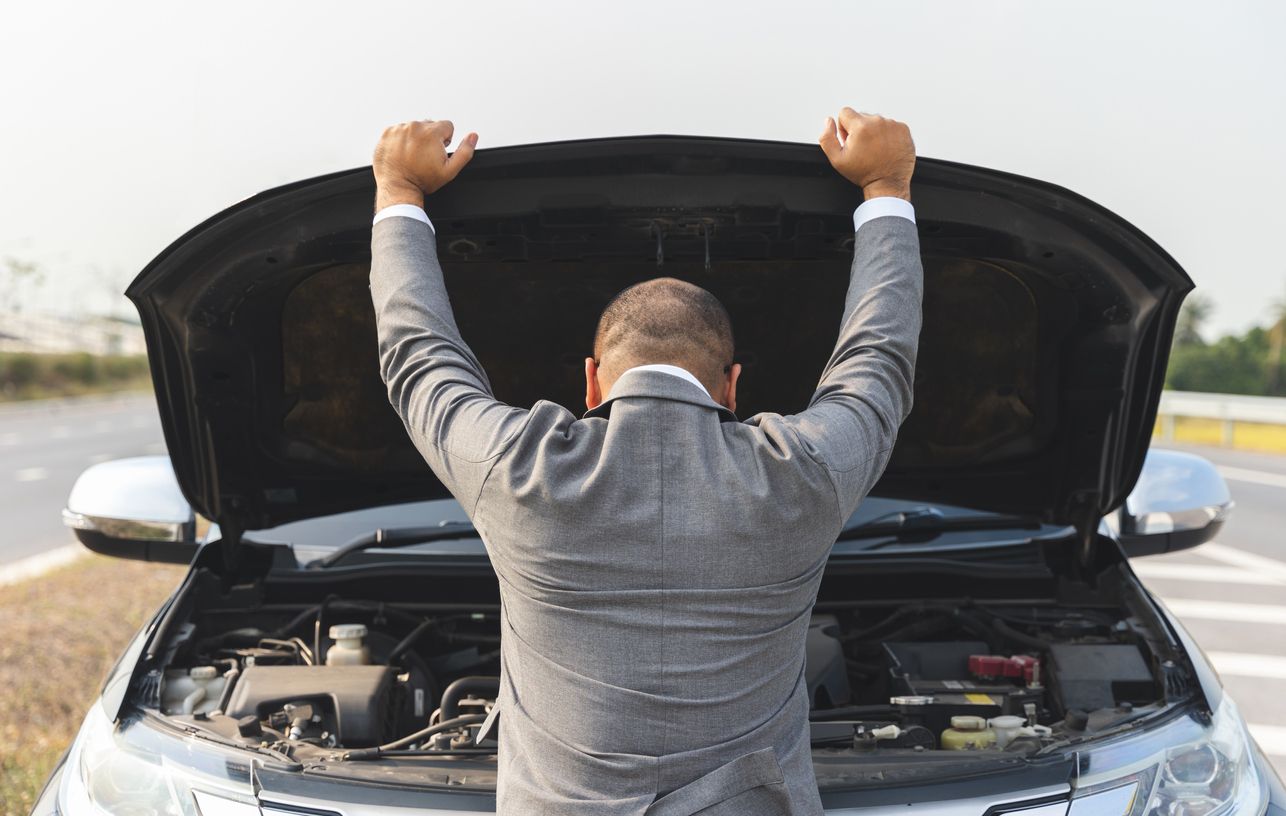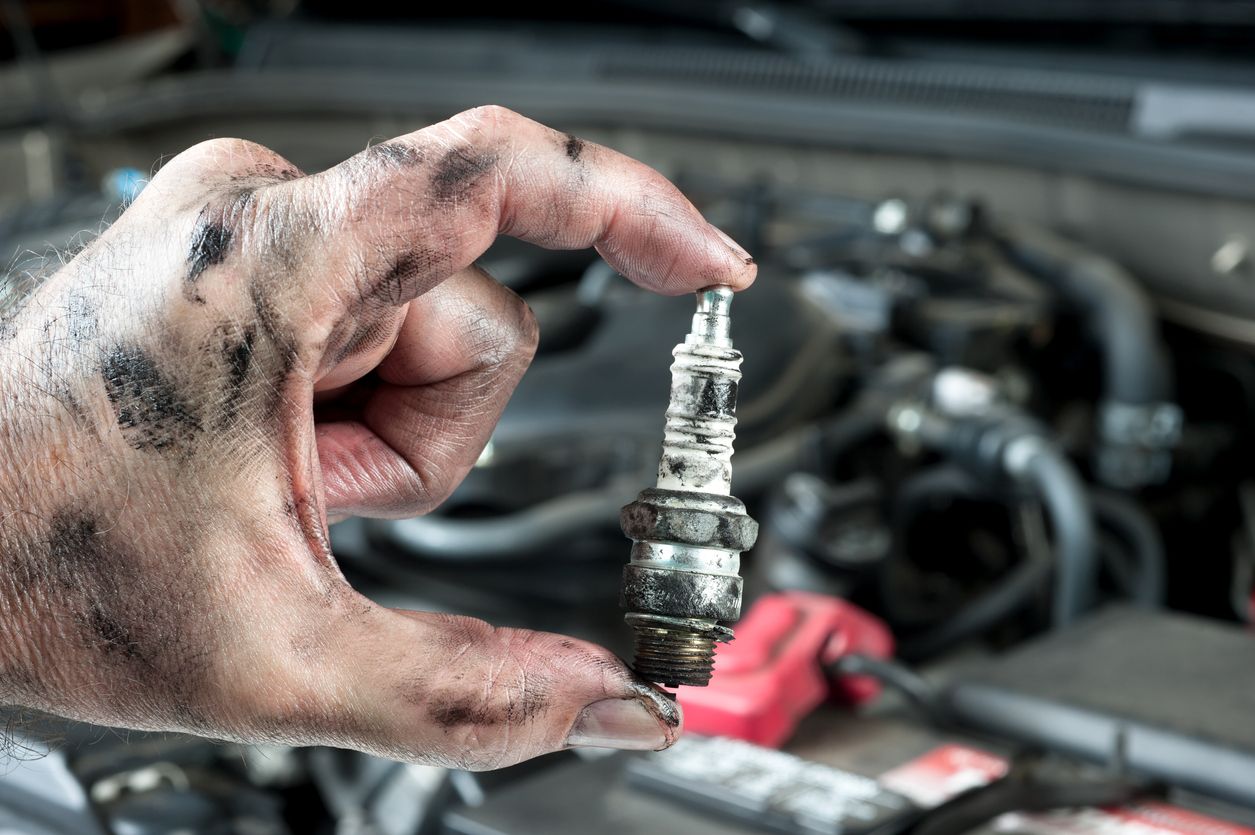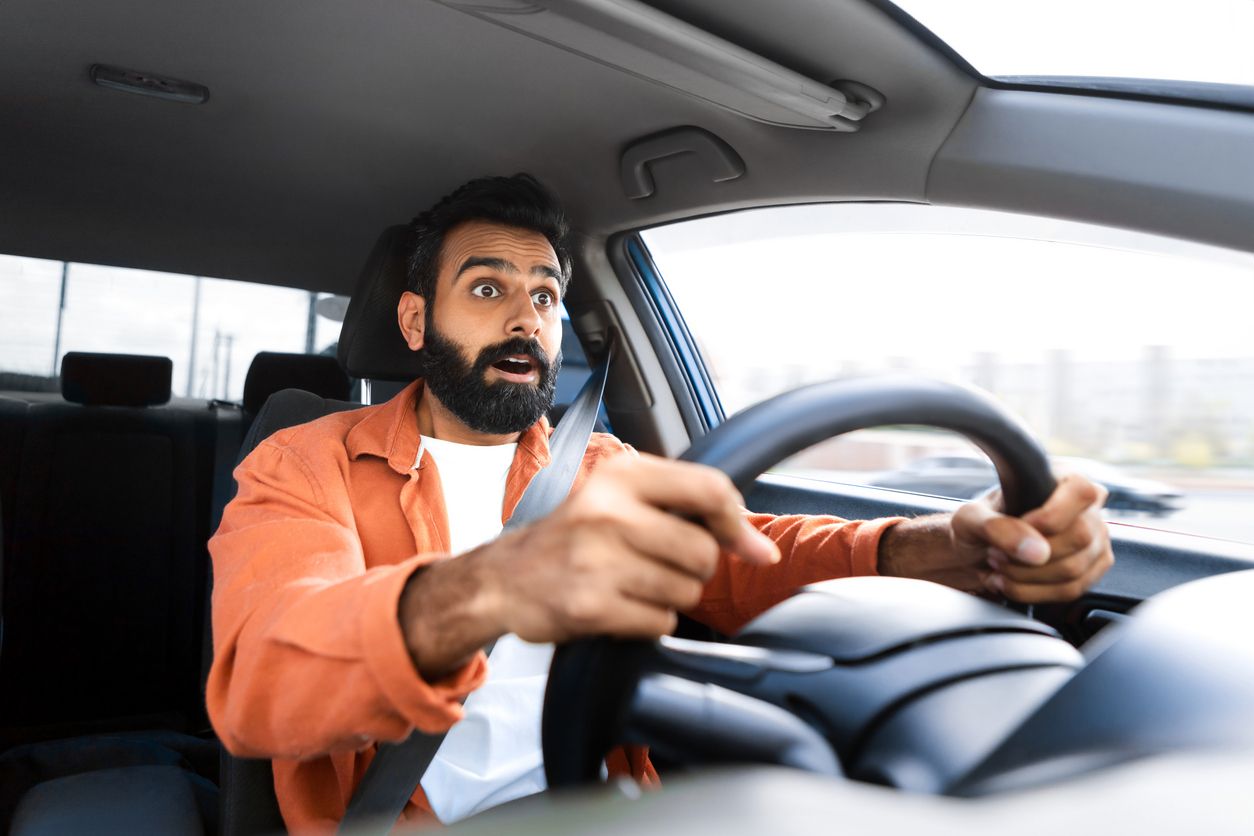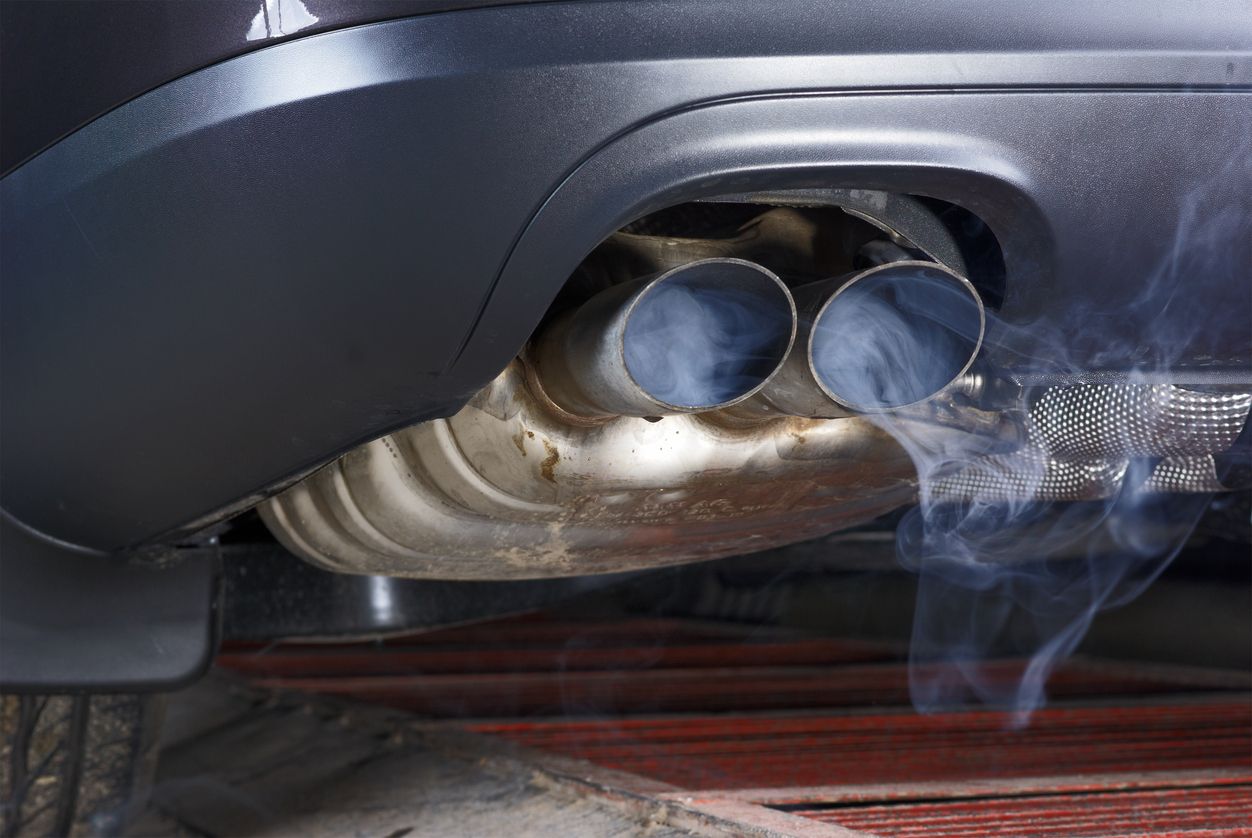Every day, it’s the same: you're in your car heading to work, and there's gridlock as far as the eye can see. For miles on end, you creep forward, hit the brakes, and then creep forward again.
Stop-and-go traffic is a frustrating way to spend your morning or afternoon commute! But aside from the negative effect it has on your mood, driving in rush hour traffic can also impact your car. Read on to learn how!
What is Stop and Go Driving?
Stop-and-go traffic is standard on roads around the world, especially in metropolitan areas. It occurs when all vehicles driving frequently come to a stop, crawl forward for a short distance, and then stop again–often slamming on the brakes.
This kind of gridlock is sometimes due to daily commuter traffic but can also result from construction zones or accidents. In fact, the average American spent 99 hours per year in traffic in 2019 – that’s more than two full work weeks!
Is Stop-and-Go Traffic Bad for Your Car?
If you’re one of the many commuters who start and finish their day in traffic congestion, you may wonder what it does to your car. Here are 5 ways that gridlock driving affects your vehicle:
1. Your brakes may wear out faster.
The more you use your brakes, the faster they wear out. When stuck in traffic, you constantly tap the brakes, which causes pads and rotors to wear more quickly than they would otherwise. Even worse, if you accelerate quickly and then slam on the brakes, your brakes can become overheated, which can warp the rotors, glaze the brake pads, and more.
2. You might need to replace filters more frequently.
The manufacturer suggested maintenance schedule (MSMS), determined by the manufacturer of the vehicle you drive, is based on your driving conditions. Depending on the daily driving conditions of your commute, your driving condition could be considered “Normal” or “Severe.”
Driving in dense traffic can be considered a “Severe” driving condition, and these conditions can affect the filters in your vehicle, particularly the engine oil and air filters. The extra hours spent sitting in the dust, dirt, and pollution of traffic can impact the overall lifespan of your cabin and engine air filters.
3. You may have increased fuel consumption.
Have you ever noticed car manufacturers typically give different estimated miles per gallon ratings for city versus highway driving? That’s because city driving often involves more braking and acceleration rather than operating at consistent highway speeds. This means that “city MPG” is usually lower than “highway MPG.”
When braking and accelerating on and off, your engine uses more fuel than if you were to drive at a steady speed. Also, consider that your car gets zero miles to the gallon when your vehicle is completely stopped — like idling at traffic lights and while idling in stopped traffic.
4. You may stress your coolant.
In heavy stop-and-go traffic, your car's engine and cooling system may struggle to maintain optimal operating temperatures. A lack of airflow across the radiator can reduce the cooling system’s ability to remove heat from the coolant. This could cause overheating and potentially long-term engine damage if your vehicle already has cooling fan issues.
5. You could need more frequent oil changes.
In addition to coolant, gridlock traffic can affect your engine oil. Extended idling and frequent acceleration in heavy traffic can lead to increased fuel dilution in your oil. In your owner’s manual, the vehicle manufacturer will typically shorten the interval between engine oil changes if you drive in stop-and-go traffic.
Maintenance Tips for Gridlock Driving
If you’re wondering how to conserve gas in a traffic jam or extend the life of your brakes, the best answer is to avoid traffic altogether! Since that’s not always possible, consider these tips:
Keep a steady speed. Try to maintain a constant speed, and slam on the brakes as little as possible. This can help you improve fuel efficiency and reduce brake wear and tear.
Turn off the things you don’t need. Running the air conditioning, seat warmers, and other components with large electrical demands while your vehicle operates in stop-and-go traffic can add further stress to the battery and alternator. Pop open a window and enjoy the day!
Keep your eyes on the road. Look ahead to anticipate when you may need to slow down or come to a stop. By predicting traffic movements, you can adjust your driving style accordingly and reduce abrupt braking or accelerating.
Take a deep breath. Traffic is stressful, especially if you’re already running late. Take a deep breath and try to stay calm. Building frustration can lead to road rage and more aggressive driving, which can be dangerous for you, your vehicle, and other drivers.
Stay up to date on maintenance. Ensure your vehicle is and remains in tip-top shape for every commute, traffic or not! Your local Firestone Complete Auto Care can help with scheduled maintenance services. And with the My Firestone App, you can easily keep track of appointments and stay on top of maintenance.
Let Firestone Complete Auto Care Help.
Don't let traffic put the brakes on your vehicle's health! Take charge and navigate stop-and-go traffic with ease. If you need professional assistance or want to optimize your vehicle's performance, schedule an appointment with our experienced team.



